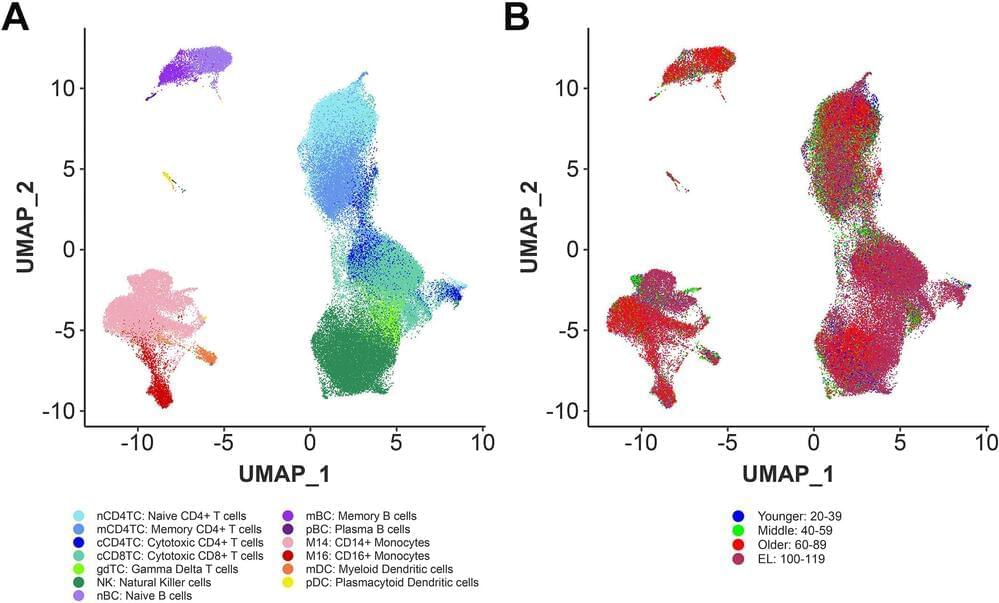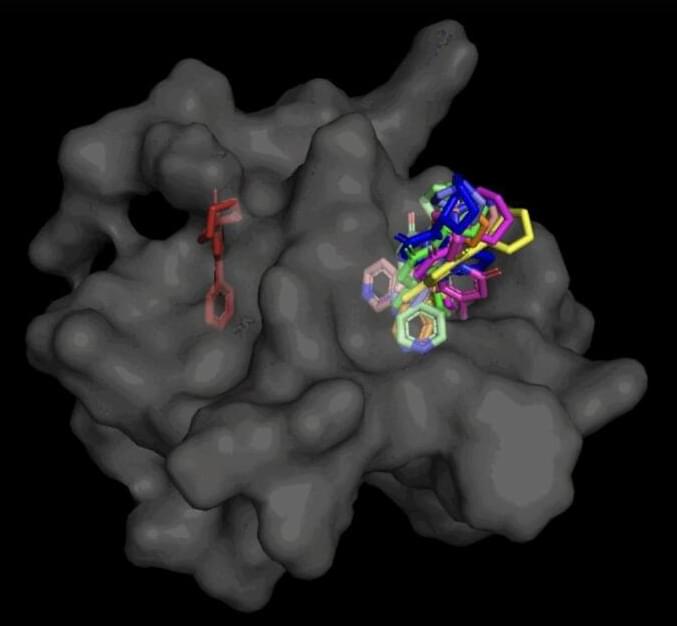face_with_colon_three year 2022.
AdS/CFT Proves Its Usefulness
One of the first uses of AdS/CFT had to do with understanding black holes. Theoreticians had long been grappling with a paradox thrown up by these enigmatic cosmic objects. In the 1970s Stephen Hawking showed that black holes emit thermal radiation, in the form of particles, because of quantum mechanical effects near the event horizon. In the absence of infalling matter, this “Hawking” radiation would cause a black hole to eventually evaporate. This idea posed a problem. What happens to the information contained in the matter that formed the black hole? Is the information lost forever? Such a loss would go against the laws of quantum mechanics, which say that information cannot be destroyed.
A key theoretical work that helped tackle this question came in 2006, when Shinsei Ryu and Tadashi Takayanagi used the AdS/CFT duality to establish a connection between two numbers, one in each theory. One pertains to a special type of surface in the volume of spacetime described by AdS. Say there’s a black hole in the AdS theory. It has a surface, called an extremal surface, which is the boundary around the black hole where spacetime makes the transition from weak to strong curvature (this surface may or may not lie inside the black hole’s event horizon). The other number, which pertains to the quantum system being described by the CFT, is called entanglement entropy and is a measure of how much one part of the quantum system is entangled with the rest. The Ryu-Takayanagi result showed that the area of the extremal surface of a black hole in the AdS is related to the entanglement entropy of the quantum system in the CFT.




